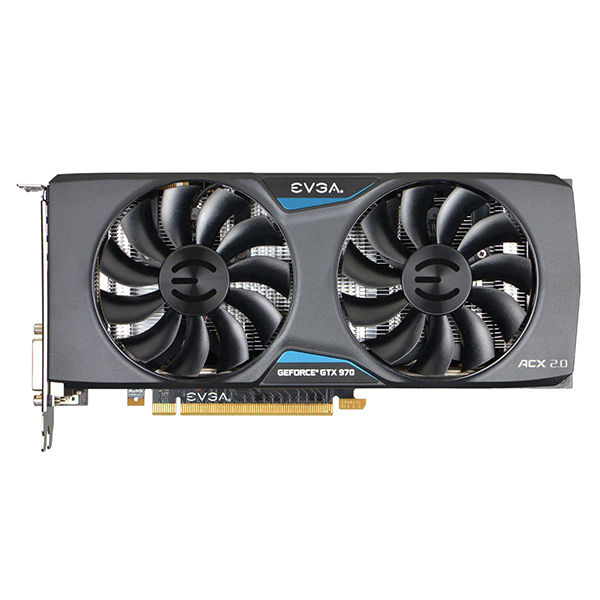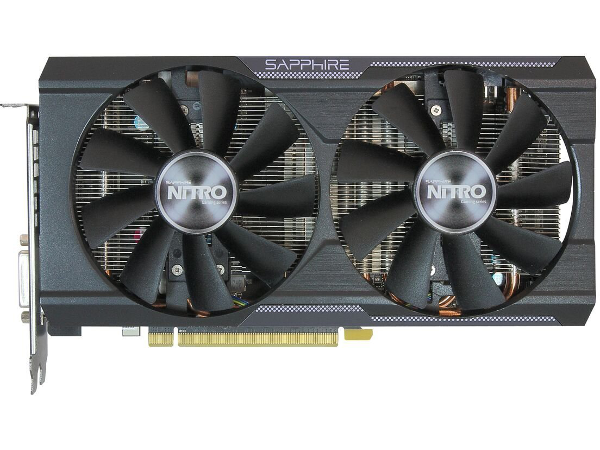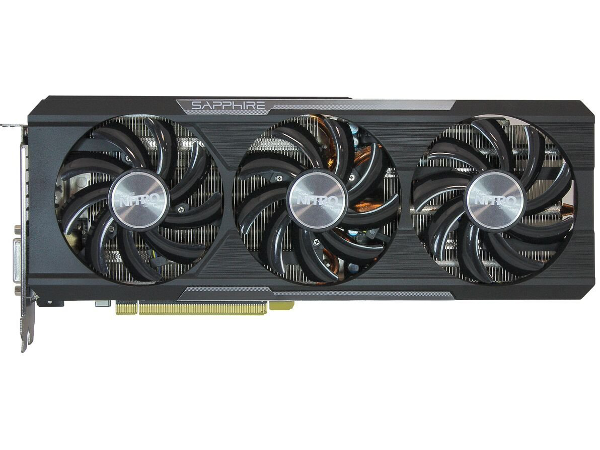PowerColor Devil R9 390X Review
Closed-loop liquid cooling isn't just for the Fury X. PowerColor uses a similar setup for its Devil R9 390X 8GB, but how does the fancier thermal solution affect performance, cooling and noise?
Why you can trust Tom's Hardware
How We Test
Test System
In order for us to compare results between cards reviewed by any of our reviewers, Tom’s Hardware standardized the test bench that we all use for 2015. By doing this, each of our locations can have different sets of cards and still compare from the pool of results that any of us have obtained. Starting with an MSI X99S XPower motherboard, each test bench has an Intel Core i7-5930K overclocked to 4.2GHz, 16GB of Crucial Balistix Sport DDR4, two Crucial 500GB SSDs and an 850W power supply from be quiet!.
Software and Drivers
Our tests on the PowerColor Devil R9 390X took advantage of AMD's 15.7.1 Catalyst drivers. The comparison charts also include Sapphire's Nitro R9 390, which utilized Catalyst 15.7.
Results from the Sapphire R9 Fury Tri-X were pulled from our review earlier this summer. That card was only sent to us temporarily, prior to the publication of 15.7. So, those numbers were generated using the 15.15 driver package that was available back then.
Our GeForce GTX 970 results were taken from the Nitro R9 390 review, and generated using version 353.30 of the company's software. The GTX 980 and 780 Ti results were pulled from our GeForce GTX 980 Ti review from May. We used version 347.25 in that piece.
Noise
Audio measurements are taken in a completely silent room. Typically, we record our readings two inches from each card's rear I/O bracket. But with PowerColor's closed-loop cooling system, two measurements were needed: one at the rear of the card and a second at the radiator exhaust point.
The meter I have at my disposal is only sensitive to 35 dB, so anything lower than that registers as zero. If the card makes an audible noise that the meter does not detect, I mark it as 34 dB. If no audible noise is observed, then it receives a 0 dB result on the graph.
Power
To test power consumption using our reference platform, a bit of creative math is needed. Since Haswell-E processors don’t have integrated GPU cores, we can’t boot the system without a discrete board installed to get a baseline. We are able to estimate consumption based on the approximate power draw of the test bench, though. In our observations, we’ve found that the approximate power draw from everything other than the GPU is 120W. By deducting that from the recorded wattage reported on our in-line power meter, we can calculate the approximate draw of the GPU.
Get Tom's Hardware's best news and in-depth reviews, straight to your inbox.
Comparison Graphics Cards
MORE: Best Graphics CardsMORE: All Graphics Content
Current page: How We Test
Prev Page Introduction, Specifications & Features Next Page Gaming BenchmarksKevin Carbotte is a contributing writer for Tom's Hardware who primarily covers VR and AR hardware. He has been writing for us for more than four years.
-
utroz Hmm.. So a pre almost max OCed card with watercooling.. Only around 6 months late (or more if you count the 290X 8GB as basically the same as a 390X). At this point if you have a decent card wait for 16nm..Reply -
BrandonYoung An impressive result by AMD and PowerColor! I'm looking forward to future (more modern) released by these companies hoping to bring more competition into the once stagnant GPU realm!Reply
I'm aware this is a review of the Devil R9, yet I'm curious why the GTX 980 was mentioned in the noise graph, but omitted in the temperature graph, I get the feeling its because it will show the card was throttling based on thermals, helping describe its performance in the earlier tests, this is strictly speculation on my behalf however, and highly bias as I currently own a 980. -
ryguystye Does the pump constantly run? I wish there was a hybrid liquid/air cooler that ran the fan only when idle, then turned on the water pump for more intensive tasks. I don't like the noise of water pumps when the rest of my system is idleReply -
fil1p ReplyDoes the pump constantly run? I wish there was a hybrid liquid/air cooler that ran the fan only when idle, then turned on the water pump for more intensive tasks. I don't like the noise of water pumps when the rest of my system is idle
The pump has to run, even at low RPMs, otherwise the card would overheat. The waterblock itself is generally not enough to dissipate heat. The waterblock simply transfers the heat to the water and the radiator does almost all of the heat dissipation. If the pump is off there is no water flow through the radiator, no water flow will mean heat from the waterblock is not dissipated, causing the water in the waterblock to heat up and the GPU to overheat.
-
elho_cid What's the point testing on the windows 8.1? I mean, there was enough time to upgrade to windows 10 already... It was shown several times that the new W10 often provide measurable performance advantage.Reply -
Sakkura To be fair, overclocking headroom varies from GPU to GPU. Maybe you just got a dud, and other cards will overclock better.Reply -
Cryio Why test on 15.7? Seriously, that's like 6 drivers old. AMD stated they will release WHQL just ocasionaly, with more Beta throughout the year. You're doing them a diservice benching only "official" drivers.Reply
Nvidia's latest ... dunno, 12 drivers in the last 3 months were all official and most of them broke games or destroyed performance in a lot of other games. -
kcarbotte ReplyWhy test on 15.7? Seriously, that's like 6 drivers old. AMD stated they will release WHQL just ocasionaly, with more Beta throughout the year. You're doing them a diservice benching only "official" drivers.
Nvidia's latest ... dunno, 12 drivers in the last 3 months were all official and most of them broke games or destroyed performance in a lot of other games.
At the time this review was written it was not that old. As mentioned in the article, we first got this card over the summer. The test were done a couple months ago now and at the time they were done with the driver that Power Color suggested after having problems with the first sample.
An impressive result by AMD and PowerColor! I'm looking forward to future (more modern) released by these companies hoping to bring more competition into the once stagnant GPU realm!
I'm aware this is a review of the Devil R9, yet I'm curious why the GTX 980 was mentioned in the noise graph, but omitted in the temperature graph, I get the feeling its because it will show the card was throttling based on thermals, helping describe its performance in the earlier tests, this is strictly speculation on my behalf however, and highly bias as I currently own a 980.
The temperature of the 980 was omitted because the ambiant temperature of the room was 3 degrees cooler when that card was tested, which affected the results. I didn't have the GTX 980 in the lab to redo the tests with the new sample. I had the card when the defective 390x arrived for the roundup, but when the replacement came back it was loaned to another lab at the time.
Rather than delay the review even longer, I opted to omit the 980 from the test.
It had nothing to do with hiding any kind of throttling result. If that were found we wouldn't slip it under the rug.
What's the point testing on the windows 8.1? I mean, there was enough time to upgrade to windows 10 already... It was shown several times that the new W10 often provide measurable performance advantage.
We have not made the switch to Windows 10 on any of our test benches yet. I don't make the call about when that happens and I don't know the reasons behind the delay. -
Cryio Well then, sir @kcarbotte, I can't wait until you guys get to review some AMD GPUs on Windows 10 with the new Crimson drivers and some Skylake i7s thrown into the mix !Reply -
kcarbotte Reply17016358 said:Well then, sir @kcarbotte, I can't wait until you guys get to review some AMD GPUs on Windows 10 with the new Crimson drivers and some Skylake i7s thrown into the mix !
You and me both!
I have a feeling that the Crimson drivers have better gains in Win10 than the do in older OS's.


